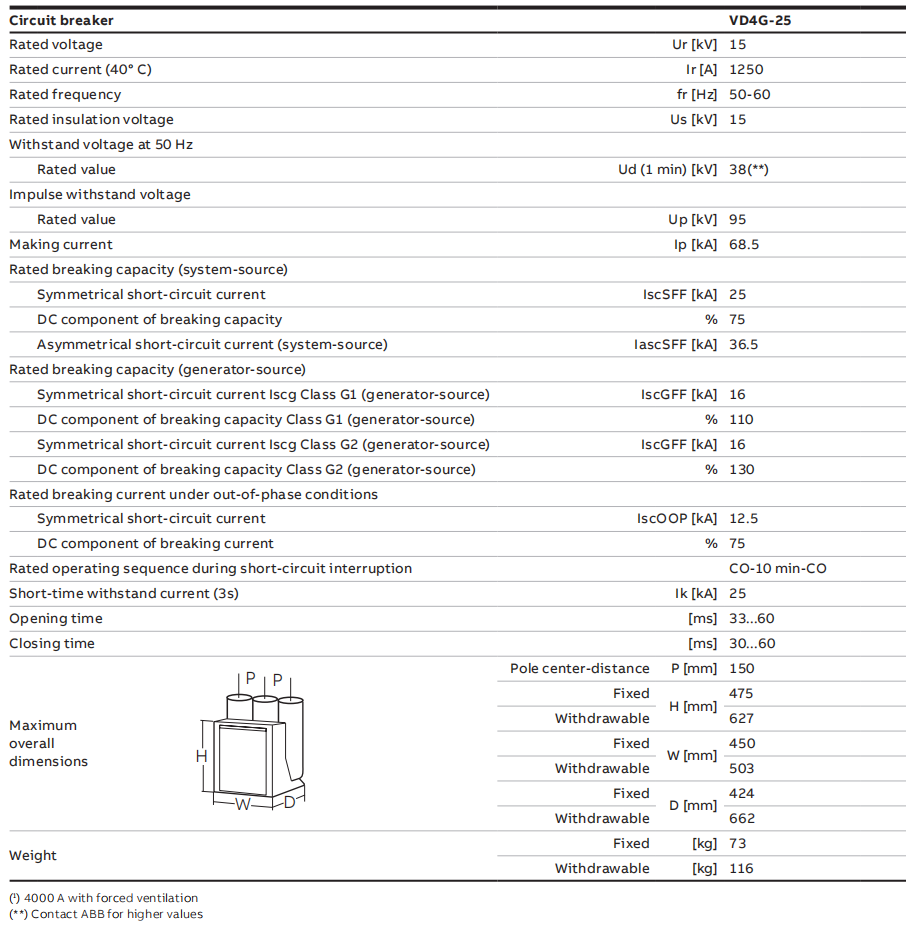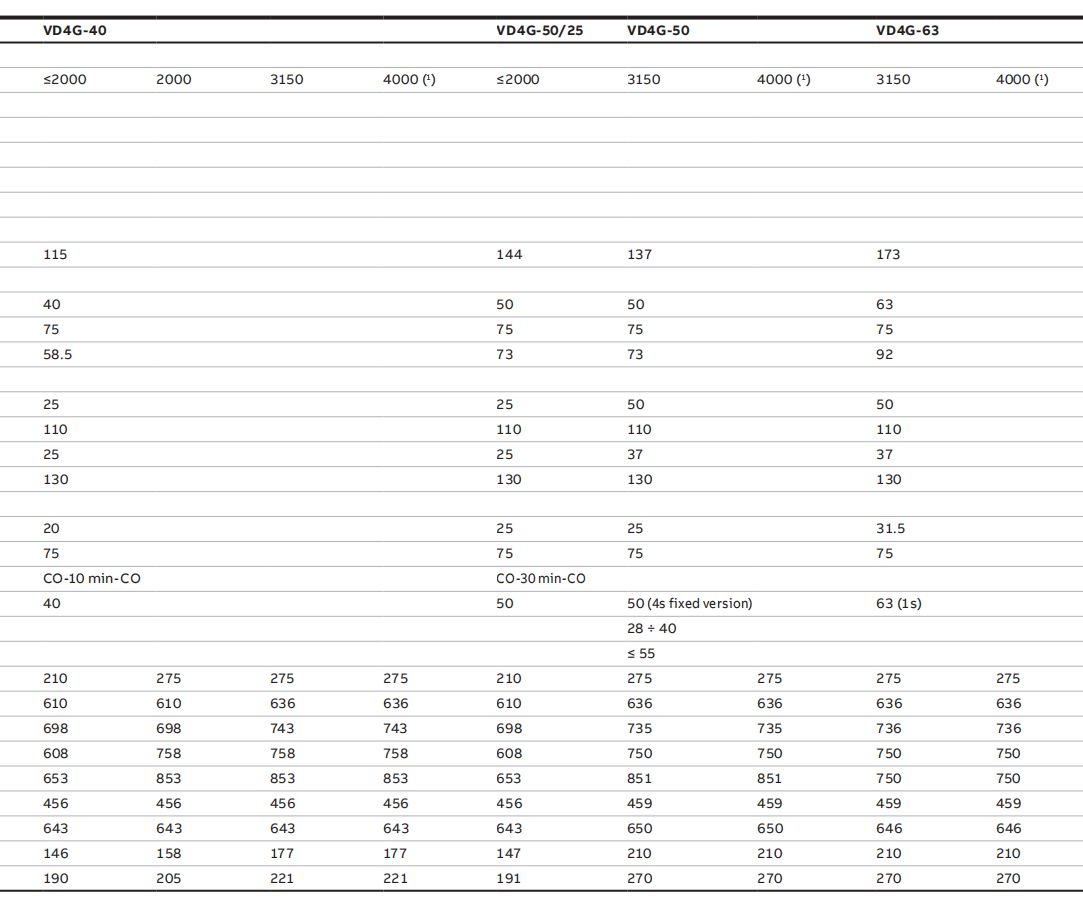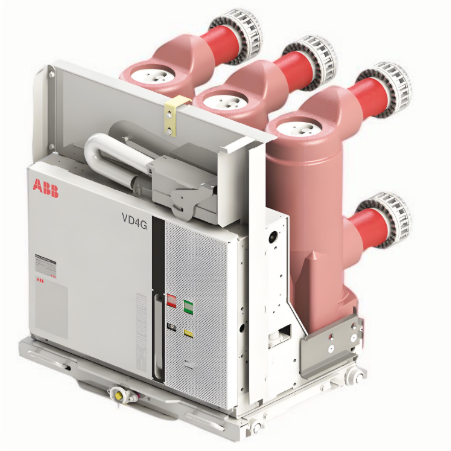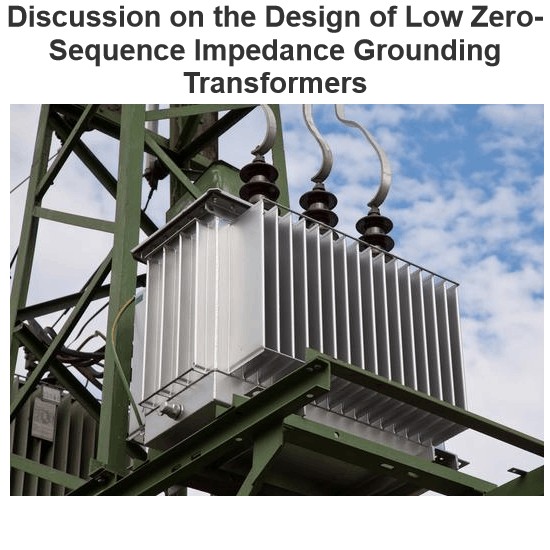| Brand | ABB |
| Model NO. | VD4G generator circuit breaker Small footprint, full protection for generator applications |
| Rated voltage | 15kV |
| Rated normal current | 1250A |
| Rated frequency | 50/60Hz |
| Series | VD4G |
Description:
ABB offers its new vacuumgenerator circuit breakers at 15 kV,4000 A, 63 kA in accordance to thenew Dual Logo IEEE/IEC 62271-37-013 standard to satisfy yourbusiness needs in power generation applications.
Features:
Protect your assets
Use a solution completely inaccordance with the latest global standards - IEC as well as IEEE
Count on a generator circuit breakersuitable for all highly demanding conditions, including out-of-phase condition and island mode
Be safe thanks to a completely testedsolution for DC-component up to130%, so no need to add any time delay in the protection
Maximize your output
Experience the easy installation/integration of VD4G, thanks to itsinterfaces and dimensions equivalentto the standard version VD4
Accelerate your projects with theoutstanding technical support grantedby our Field Application Engineeringm team
Optimize your investment
Choose ratings that fit your needs from 25/16 kA @ 15 kV to 63/50 kA @ 15 kV
Take advantage of using the samecompact switchgear setup like inpower distribution systems
Technical characteristics:
Standards IEEE/IEC 62271-37- 013









